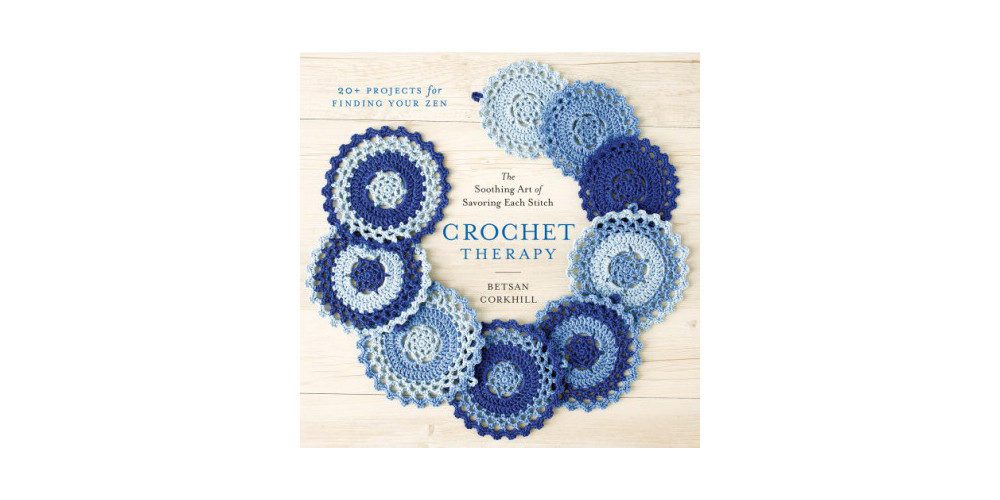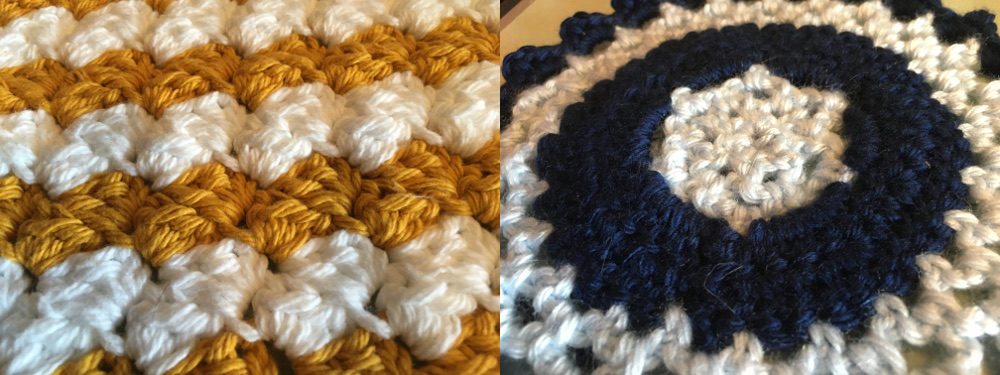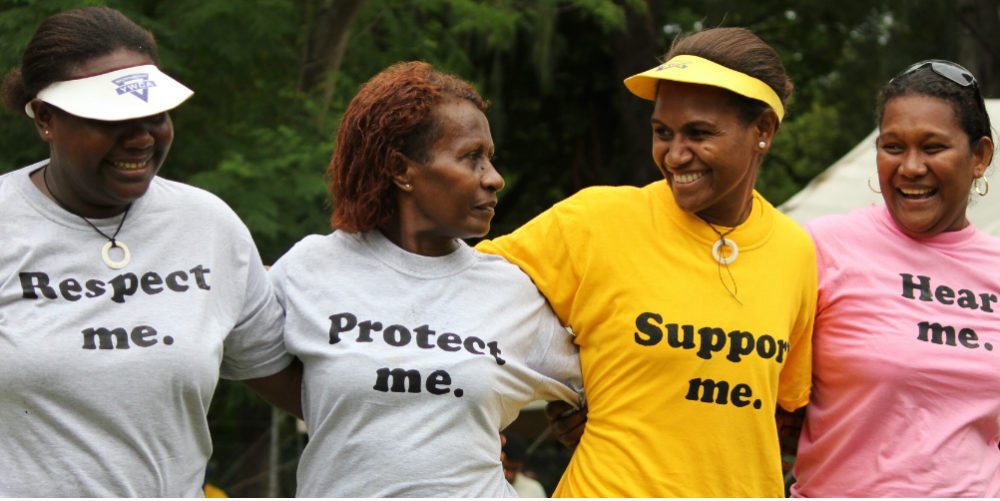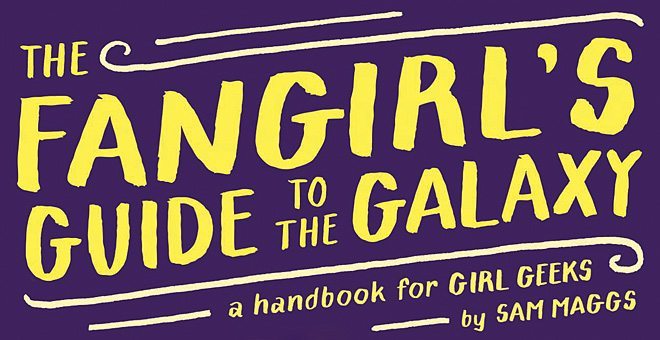 Knitting and crocheting are tactile, often relaxing activities. Why not also end up with a product that can further your relaxation efforts? From type of project to colors chosen to yarn types, Crochet Therapy: The Soothing Art of Savoring Each Stitch can help you bring more zen or meditative contemplation into your life.
Knitting and crocheting are tactile, often relaxing activities. Why not also end up with a product that can further your relaxation efforts? From type of project to colors chosen to yarn types, Crochet Therapy: The Soothing Art of Savoring Each Stitch can help you bring more zen or meditative contemplation into your life.
With 20+ projects, this book has something to offer anyone who works to find peace during their day. It includes patterns such as Colorful Coasters and Calming Mandalas, Sun Salutation Yoga Mat Bag and No Stress Balls. There are afghans, a pillow, jewelry, pillows, wall decorations, and a wrap. Whatever brings you peace, it is likely contained inside. Some patterns should bring you calm and others will help you start your day. But mix up the yarn colors and types, and any pattern could play any role.
Crochet Therapy starts with a table of contents showing pictures of all of the projects, making it easy to find what you’re looking for. This is a very nice feature. It then goes into an introduction section on how to use crochet as therapy to improve your well-being. It discusses mindfulness, relaxation, motivation, visualization, and daydreaming. The book is based on research, including cross-body exercises and using both hands, and it goes over how to make crochet a part of your relaxation or meditation practice. Each project deals with a specific goal, such as reducing stress at work or building confidence. Each project also includes Feel-good Tips that show how the projects support the exercises. It’s even just relaxing looking at the photos included for each project.
The book also includes a chapter on using crafting as a tool to improve well-being and to be calmer. It discusses using the action of crafting to rewrite your brain. The brain is definitely a use it or lose it organ, though you can continue to rebuild new brain cells and neural pathways throughout your life, if you work at it. This book can be one guide.
The portability of some kinds of crafts, like crochet, make them good hobbies. Crochet can, along with a good diet, exercise, sleep, etc., help you achieve your lowered stress goals. When you consider and address your whole body during calming exercises, you’ll see improvements everywhere. Though you can’t control everything that happens in your life, you can make conscious choices about things. Think of this book as a part of the metaphorical complete breakfast.
In the end, though, improving well-being comes down to mindfulness. The book also includes a whole section on that, but I won’t spoil it—it’s better to discover a few of the book’s offerings on your own. However, I will say that the book includes ideas for adding crochet to your mindfulness efforts. It also includes a description of physical exercises to do regularly while you crochet, or even at other times. The exercises it suggests are also good for those of us who sit in a chair at a desk most of the day. I manifest tension in my neck, shoulders, and upper back, the same spots that get scrunched up when I sit and crochet too long. Perfect!
The bulk of the book includes the crochet projects, which teach patience, perseverance, and planning. They can calm you down, distract when you need a distraction, and force you to think outside of your own head (especially when starting a new project). Crochet can also help you build community, as fiber arts folks often band together, sharing tips, yarn, and ideas. For those who don’t like to spend time alone, crocheting can bring additional purpose to the lulls in your life.
The projects themselves include all the usual crochet pattern necessities, such as materials and tools, gauge, dimensions, notes, photos, and variations. Special stitches are called out and described. The book includes all types of projects, whether you want to make something for yourself to wear, to use around the house, or to give as a gift. Both the act of crocheting and using what you crochet can add calm and peace to your day.

To test out a couple of patterns, I chose to try the Calming Mandala and the Wake Up Happy Washcloth projects. Both were well thought out and well described. I could tell the patterns had been well tested before publication.
For the Wake Up Happy Washcloth, I tried the striped variety of washcloth and found it excessively easy. Of course, it uses the same crochet stitches as another project I’m working on for a friend (chain stitch, single crochet, half double crochet, and double crochet), so the learning curve was nil. It was so easy for me that I accidentally crocheted about five extra rows before I realized I’d gone too far. Oops. Good thing crochet is easy to undo. This pattern uses worsted weight 100% cotton yarn, which is quite easy to find.
Second, I dove into the Calming Mandala. I was unable to find a yarn locally that was the right weight and material (and color), so I used a weight of 4 (worsted weight) instead of 3. Since the pattern indicated that using a larger hook wasn’t a big deal, I used the larger yarn and a hook two sizes larger than it suggested using with the smaller yarn. It turned out okay, but I should have used an even larger hook, as the end result didn’t quite show as much detail as I’d like. The pattern was only marginally more difficult than the washcloth, but I’ve been crocheting for many years. Each round on the mandala has a different stitch pattern, but nothing was a stitch or method I hadn’t done before. I was very pleased with the outcome, but next time I will definitely go with a larger hook, and maybe even try it in a cotton yarn.

After the project listings, the back of the book addresses crochet techniques. If you are new to crochet or just a bit rusty, or if you’re trying one of the projects that has nontraditional stitches, this is where you should go. It goes into the tools you need while crocheting, all about yarn weight, different ways to hold the crochet hook and yarn (none of which I do, but everyone has something different that works for them), basic stitches, and more difficult stitches and methods. It also tells you how to finish projects off—such as weaving in the yarn ends—and how to read a pattern and abbreviations.
If you’re brand new to crochet but are an adventurous crafter, this book will be the only one you need to get started and to see if crochet is right for you. Plus you’ll learn some therapeutic personal skills in the process. But since there are projects at all skill levels, anyone can use it as a pattern book of cool projects, or as a form of therapy, to improve your mindfulness habit and to work with your hands while improving your brain.
Crochet Therapy: The Soothing Art of Savoring Each Stitch is available now. It works nicely as a crochet book for beginners, but has plenty to offer even the most seasoned crocheter.
Note: I received a copy of the book for review purposes.




